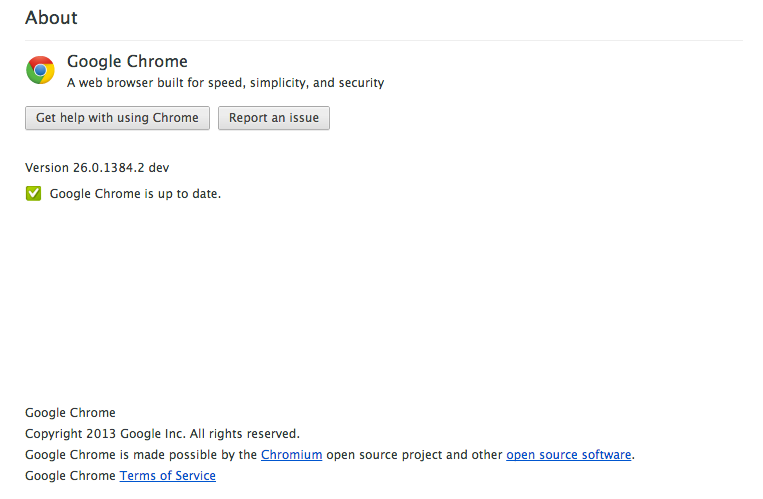What The Rails Security Issue Means For Your Startup!
There are many developers who are not presently active on a Ruby on Rails project who nonetheless have a vulnerable Rails application running on localhost:3000. If they do, eventually, their local machine will be compromised. (Any page on the Internet which serves Javascript can, currently, root your Macbook if it is running an out-of-date Rails on it. No, it does not matter that the Internet can’t connect to your localhost:3000, because your browser can, and your browser will follow the attacker’s instructions to do so. It will probably be possible to eventually do this with an IMG tag, which means any webpage that can contain a user-supplied cat photo could ALSO contain a user-supplied remote code execution.)




